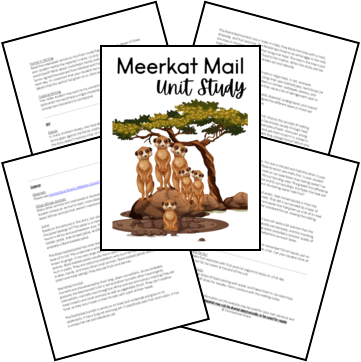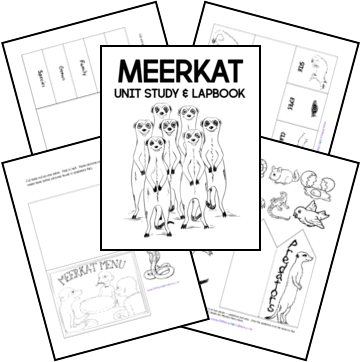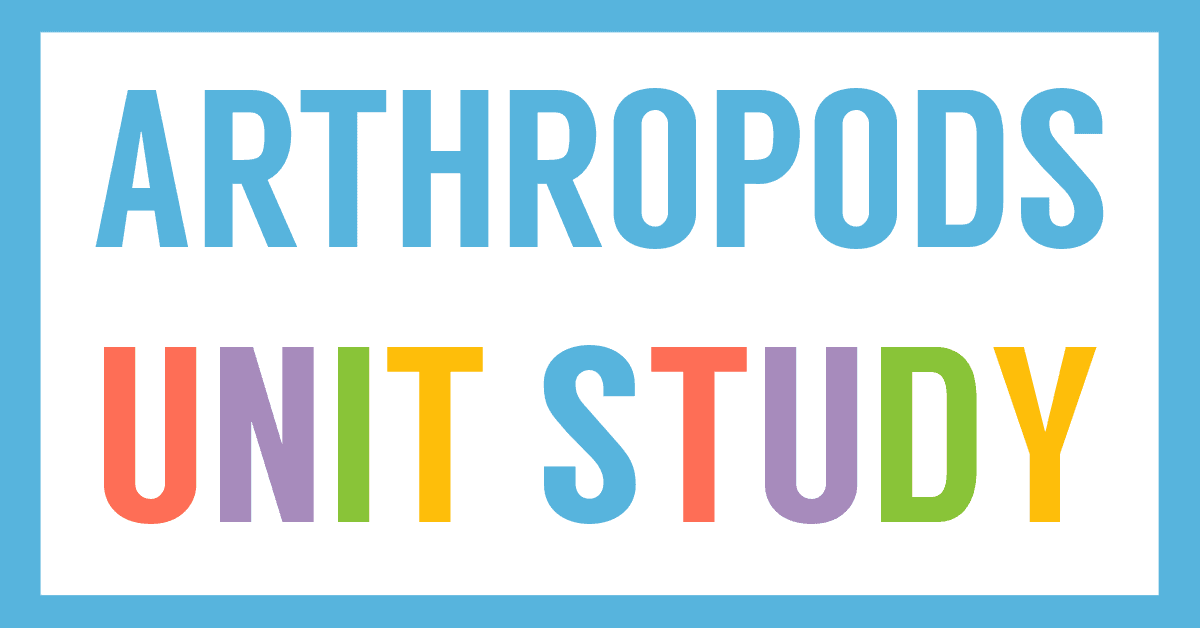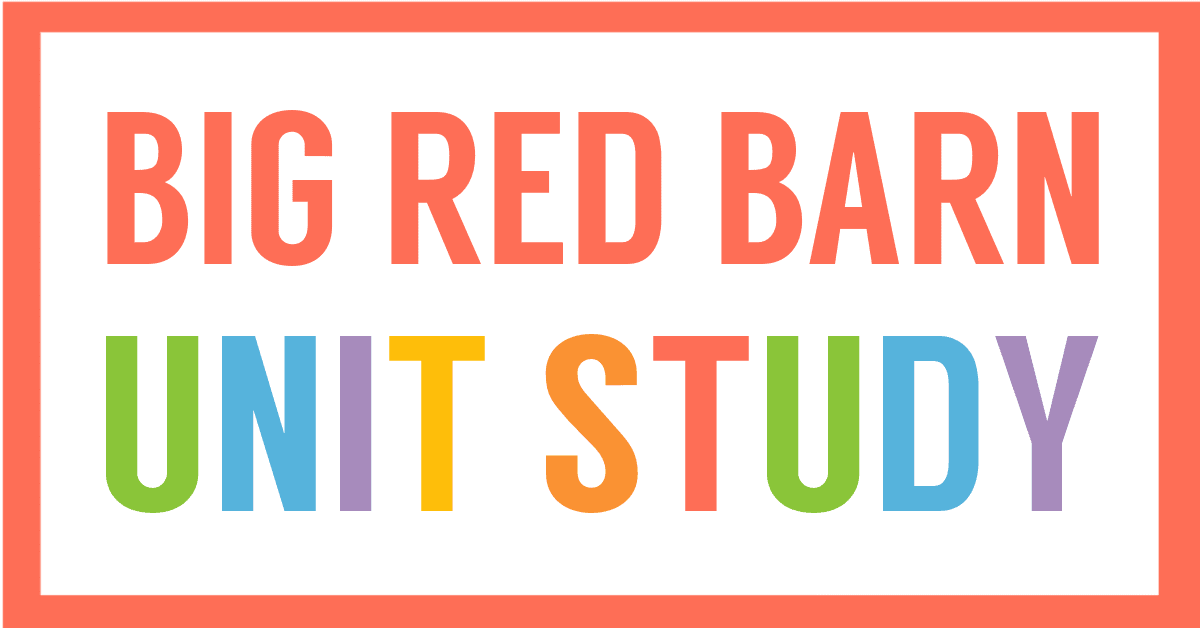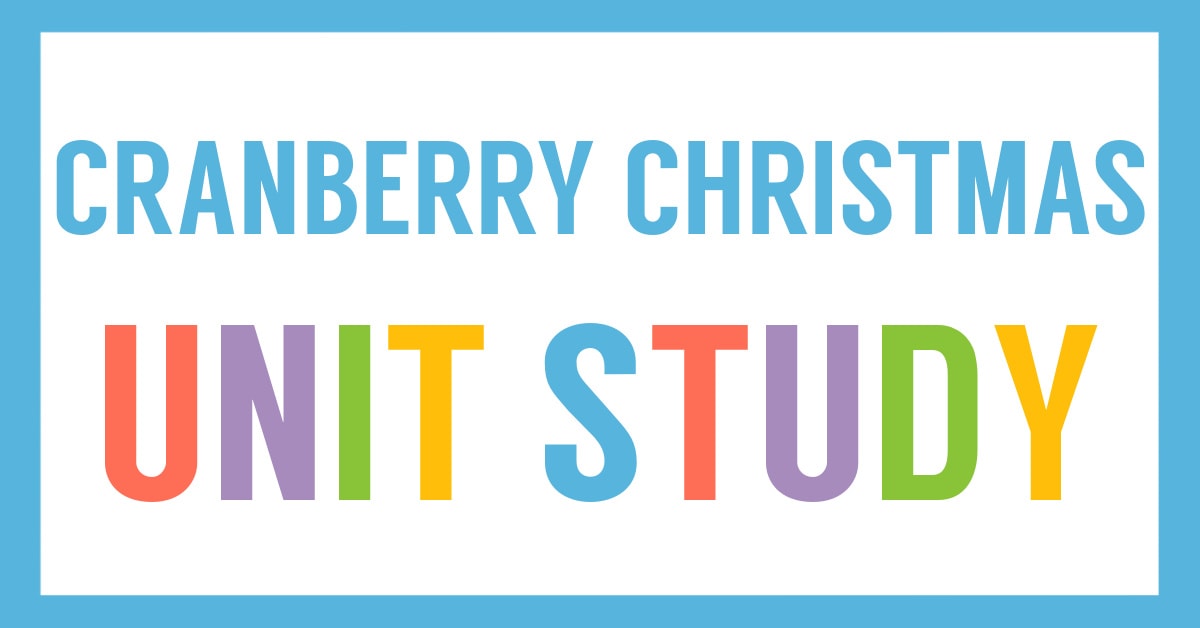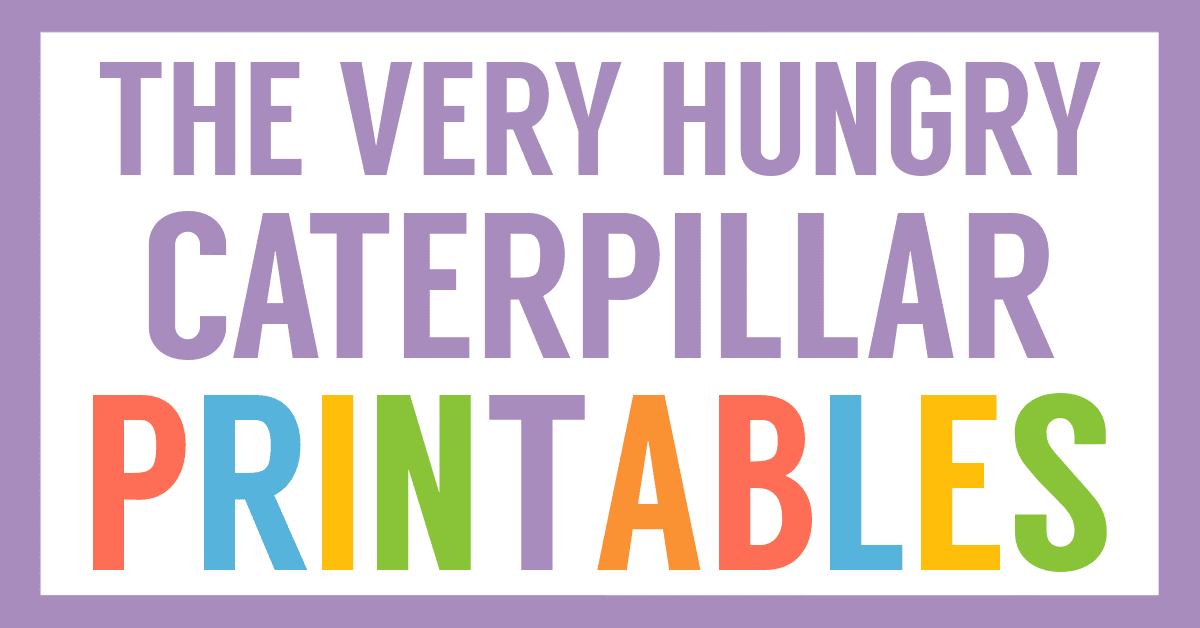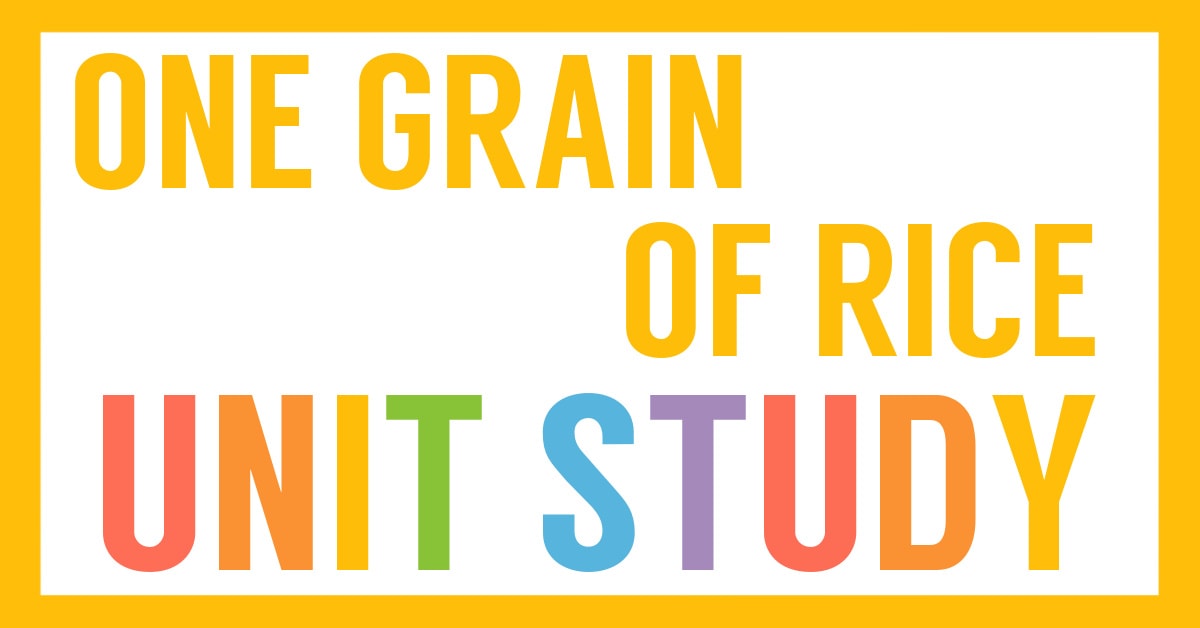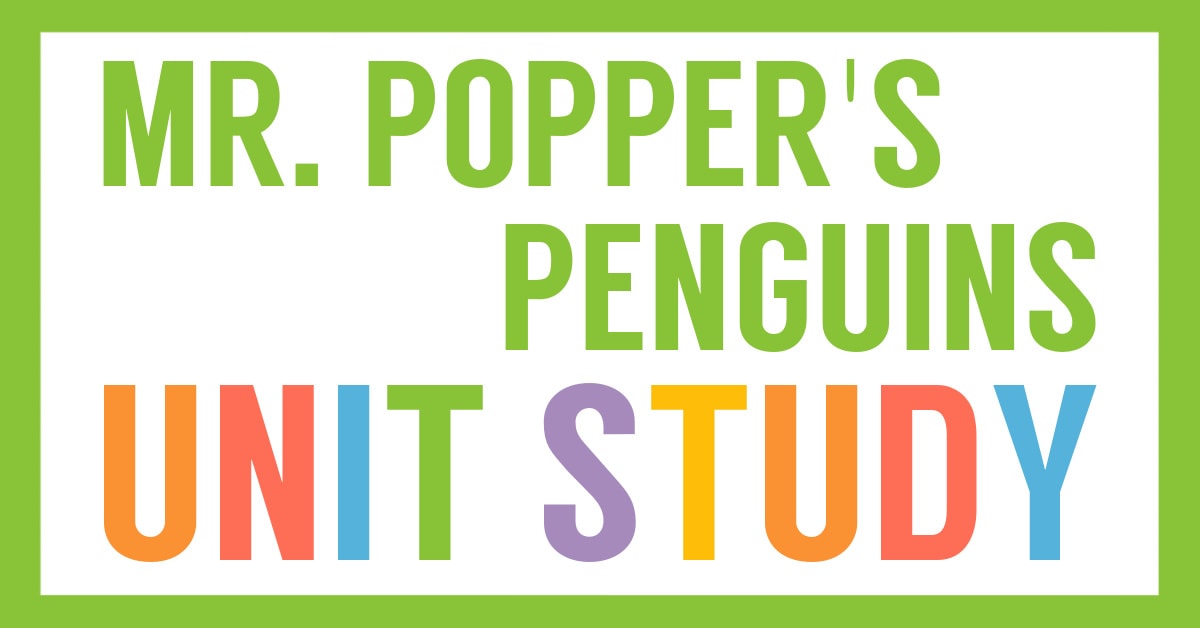Affiliate Disclaimer
We sometimes use affiliate links in our content. This won’t cost you anything, but it helps us to keep the site running. Thanks for your support.
Grab our free printable Meerkat Mail activities and enjoy learning all about these amazing animals.

Thanks to Eloise for preparing the Meerkat Mail unit study lessons for Homeschool Share.
Meerkat Mail Book Summary
Emily Gravett has written a jewel!
Sunny Meerkat lives in the Kalahari desert with his family. Under the hot sun, Sunny and his brothers and sisters work together, play together, eat together, learn together, and sleep together. Sunny needs a break, so he decides to take a trip to visit some relatives. Through a series of postcards–that actually flip open for children to read–Sunny documents his journey for his family. But as he travels from the barnyard through the forest to the city, Sunny realizes there’s no place like home.
Meerkat Mail Lesson Ideas
Meerkat Mail is a fun story, and we hope our Meerkat Mail unit study will provide a week of engaging, interactive learning for your students.
Here are some sample lessons from the Meerkat Mail unit study:
Geography: Kalahari Desert
After reading the story once, what does your student already know about the Kalahari Desert? (It is VERY dry and VERY hot.) Can your student guess where this desert is found? The Kalahari Desert is a large arid to semi-arid sandy area in the Southern part of Africa. It covers much of Botswana, and parts of Namibia and South Africa. It is not considered a true desert because it does receive some rainfall each year (usually 3-10 inches; you may want to compare this rainfall with the amount you get each year).
Geography: Marsh
Great Aunt-Flo lives in a marsh. Would your student like to live in a marsh? A marsh is a type of freshwater or saltwater wetland that is found along rivers, ponds, lakes, and coasts. Many scientists believe freshwater marshes are the most productive ecosystems on Earth; they provide food, water, and shelter, and act as nurseries for young fish, birds, insects, amphibians, and so on. Use the printable page to create your own marsh. Add plants and animals and color it.
Writing Postcards
Choose one or more of the following ideas:
1. Design a postcard depictive of your area and send it to a family or friend.
2. Look at postcards depicting your area where you live and discuss things that make your area unique. Send a postcard to a friend or family member telling them something about where you live.
3. Learn more about another area or country that your student is interested in and design a postcard from that country.
4. Ask friends and family members to mail postcards to your student.
Use the postcards provided to make your own.
Listmaking
If you look closely at the first note Sunny writes his family, you will see that he has a list of things to pack and has crossed off each one. What was on Sunny’s list? (toothbrush, bucket, toothpaste, stamps) Make a list of things you think would be important if you were going to make a trip.
Family Motto
What was the family motto? (“Stay safe, stay together”) What is a motto? A short expression of a guiding rule of conduct.
Think of a motto that would best describe your family. Use the page provided to design a poster that includes and illustrates your family motto.
You can grab a copy of the entire Meerkat Mail unit study in an easy-to-print file at the end of this post.
How to Get Started with the Meerkat Mail Activities
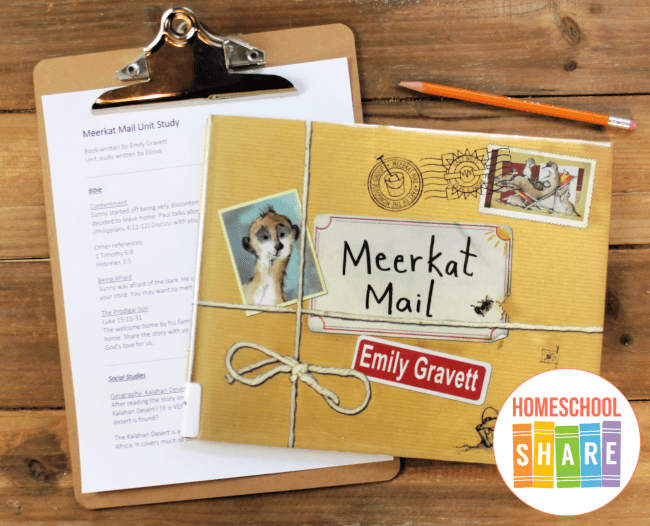
Follow these simple instructions to get started with the Meerkat Mail unit study:
- Buy a copy of the book, Meerkat Mail, or grab one from your local library.
- Print the Meerkat Mail unit study.
- Choose the lessons you want to use with your student (a highlighter works great for this).
- Enjoy a week of fun-filled learning with your student.
Download Your Free Meerkat Mail Activities and Lessons
Simply click on the image below to get your free copy of the Meerkat Mail unit study.
Grab the Meerkat Lapbook
Be sure to check out our Meerkat Lapbook; it’s a perfect match for our Meerkat Mail unit study!

